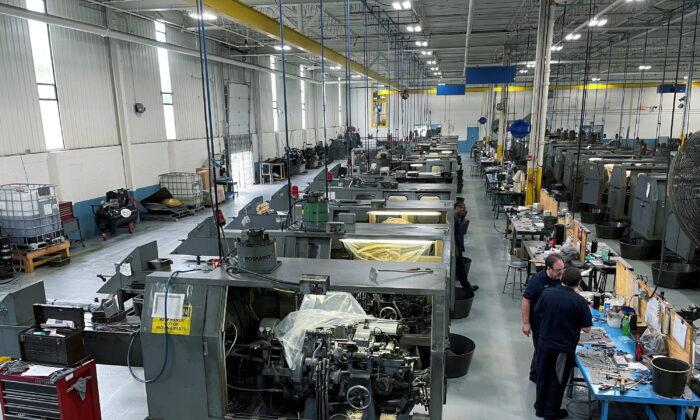McKinsey has released its “Global Economics Intelligence Critical Trends and Risks” May 2022 report. The global management consulting firm’s report highlights the expansion of American industry, commodity price increases, and central banks’ move against inflation.
In China, the manufacturing PMI registered a contraction of 46, down from March’s number of 48.1. Though the services PMI declined in the United States, it remained above the 50 level at 55.6. In China, services fell to 36.2, from the previous month’s 40.2.
The global PMIs for manufacturing and services continued to expand in April, but at a slower pace. The global manufacturing PMI came in at 52.2, while the services PMI was at 51.9.
The manufacturing and services PMIs for the eurozone region, Brazil, and India were in positive territory, while Russian PMI numbers were below the 50 level during March and April.
“Inflation is very high in the U.S. and the eurozone mainly due to energy prices; the rate eased slightly for consumer prices but not for producer prices. For emerging economies, the dynamic is reversed, with rising consumer-price inflation and easing producer price inflation,” according to the report.
“Commodity prices, including energy and food remain high; petroleum prices exceeded $110 per barrel in May (Brent). Industrial metals prices were an exception, dropping significantly in May as a result of lower demand from China,” the report said.
Though inflation expectations remained elevated, they decreased for both short-term and long-term outlooks. Unemployment rates remained unchanged in the United States, at 3.6 percent.
In the eurozone, unemployment moved slightly lower, from 6.9 percent in March to 6.8 percent in April. In China, the unemployment rate rose from 5.8 to 6.1 percent.
Several central banks have raised policy rates. The U.S. Federal Reserve hiked its policy interest rate by 50 basis points in an aggressive campaign to bring down inflation to 2 percent.
India and Brazil raised policy rates last month, while the European Central Bank announced that it was ending negative rates.
“The shifting stance of central banks seemed to give investors renewed confidence; beleaguered equity markets revived a little in the second half of May,” McKinsey stated.
International organizations like the International Monetary Fund (IMF) and the World Bank expect the global economy to slow down this year.





